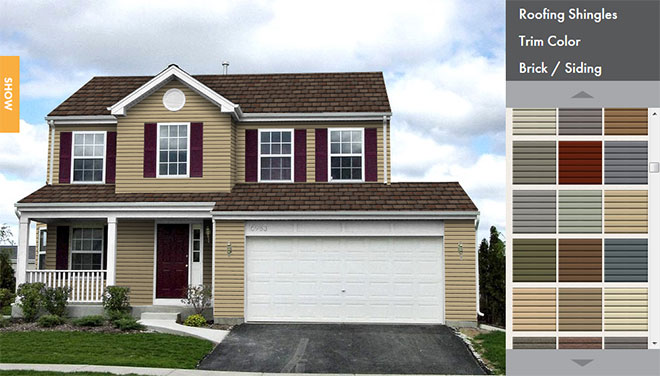Residential Roofing MN | Roofing Company Minneapolis MN
Guide To Selecting Your Asphalt Shingles For Minnesota Homeowners – Part 2
It is useful to look at the anatomy of an asphalt shingle to understand how the different components work together, and to see how asphalt shingles are designed to protect your home. The life expectancy of asphalt shingles is based on the performance of three components, and their ability to resist weathering. Made from petroleum, asphalt contains oils that make asphalt shingles easy to work with and effective at protecting your roof and home. As time goes on, these oils come to the surface and are weathered away by the elements. This weathering process ages a shingle.
The Anatomy of an Asphalt Shingle
- Reinforcement: Asphalt shingles start out with an asphalt-coated fiberglass mat. This reinf
 orcement is the structural base of the shingle, to which the other raw materials (asphalt and granules) are applied. In order for asphalt shingles to provide protection, the reinforcement must resist tearing, warping and shrinkage when applied on stable, well-ventilated decks.
orcement is the structural base of the shingle, to which the other raw materials (asphalt and granules) are applied. In order for asphalt shingles to provide protection, the reinforcement must resist tearing, warping and shrinkage when applied on stable, well-ventilated decks.
- Asphalt: During shingle manufacturing, the reinforcement is coated with asphalt to provide the water-resistant layer that protects your roof from the elements. The thickness of this layer of asphalt determines the weight of the shingle. Many believe that the heavier the shingle the greater the protection offered to your roof and home. This factor is only one of many that determines the life expectancy of your roof.
- Granules: A layer of granules is pressed into the surface of the asphalt. The granules protect the layer of asphalt from the ultraviolet radiation from the sun. Without this layer of protection, the asphalt layer would quickly deteriorate.
If your townhouse or complex has suffered snow damage this winter, or if you are considering reroofing your home, please contact a Minnesota residential roofing contractor today!

 orcement is the structural base of the shingle, to which the other raw materials (asphalt and granules) are applied. In order for asphalt shingles to provide protection, the reinforcement must resist tearing, warping and shrinkage when applied on stable, well-ventilated decks.
orcement is the structural base of the shingle, to which the other raw materials (asphalt and granules) are applied. In order for asphalt shingles to provide protection, the reinforcement must resist tearing, warping and shrinkage when applied on stable, well-ventilated decks.
 Click Here
Click Here Click Here To Use
Click Here To Use